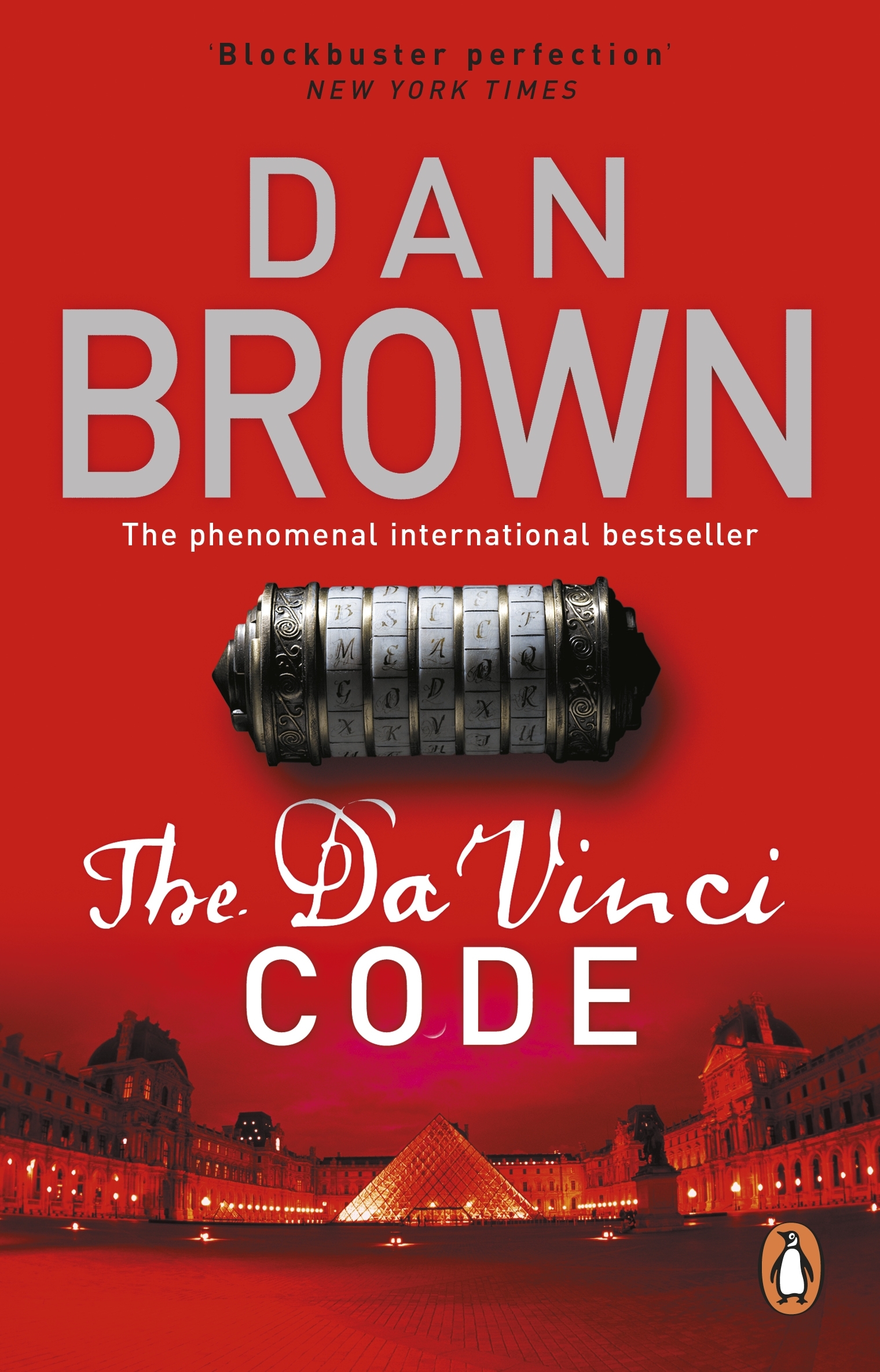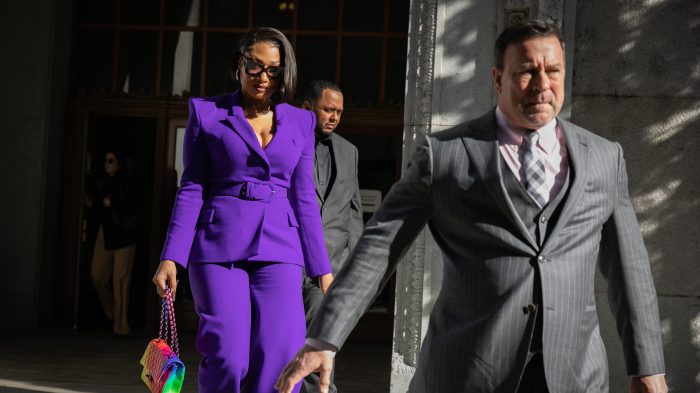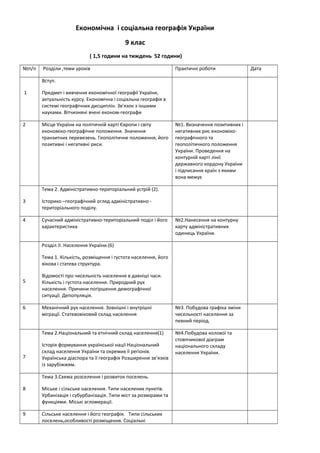Exploring Dan Brown's The Da Vinci Code: Symbols, History, And Controversy

Table of Contents
Decoding the Symbols in The Da Vinci Code
The power of The Da Vinci Code lies not just in its narrative, but in its masterful use of symbolism. Many symbols are layered with multiple meanings, inviting readers to decipher their significance and engage with the novel on a deeper level.
The Holy Grail: Its symbolic and historical interpretations within the novel.
The Holy Grail, a central symbol in The Da Vinci Code, transcends its literal interpretation as a chalice. Brown presents multiple layers of meaning:
- A literal chalice: The vessel that supposedly held the blood of Christ.
- Mary Magdalene: The novel suggests the Grail represents Mary Magdalene, Jesus's wife and the ancestor of a bloodline carrying sacred knowledge.
- Sacred bloodline: The descendants of Jesus and Mary Magdalene, possessing a secret lineage and safeguarding ancient truths.
This multifaceted symbolism of the Holy Grail creates ambiguity and fuels the novel's central mystery, blending religious symbolism and allegorical interpretation.
The Priory of Sion: Fact or Fiction? Examining its historical context and portrayal in the novel.
The Priory of Sion, a fictionalized secret society within The Da Vinci Code, plays a crucial role in the narrative. While a real Priory of Sion existed, its history differs significantly from Brown's portrayal:
- The real Priory of Sion: A relatively minor, historically insignificant organization, established in the 12th century.
- Brown's fictionalized version: A powerful, centuries-old secret society protecting the truth about Jesus and Mary Magdalene, embroiled in conspiracy theories.
This contrast between the historical reality and the novel's fictionalization highlights the blurring of lines between fact and fiction in The Da Vinci Code, making the concept of secret societies a key aspect of the book's allure.
Other Key Symbols: Analyzing the significance of the rose, the Vitruvian Man, and other recurring motifs.
Beyond the Grail and the Priory, The Da Vinci Code utilizes other significant symbols:
- The rose: Often associated with secrecy, silence, and the Virgin Mary.
- The Vitruvian Man: Leonardo da Vinci's iconic drawing, symbolizing the ideal human proportions and the connection between man and the universe. Its appearance links Da Vinci's work to the novel's central themes.
These recurring motifs, steeped in artistic symbolism and hidden meanings, add layers of complexity to the narrative, enriching the overall reading experience and engaging the reader in a process of deciphering their significance.
Historical Allusions and their Accuracy in The Da Vinci Code
The Da Vinci Code makes numerous historical allusions, many of which have been subject to intense scrutiny for their accuracy.
Mary Magdalene's Role: Examining historical evidence and its interpretation in the novel.
The novel portrays Mary Magdalene as Jesus's wife and an important figure in early Christianity, a perspective disputed by many historians and theologians.
- Historical perspectives: Scholars debate Mary Magdalene's actual role, with some evidence suggesting she was a significant follower of Jesus, while others offer different interpretations based on biblical interpretations and Gnostic Gospels.
- The novel's interpretation: Brown's depiction challenges traditional Christian narratives, fueling much of the controversy surrounding the book.
The Suppression of Historical Truths: Exploring the novel's claim of a historical cover-up.
The Da Vinci Code alleges a centuries-long cover-up by the Catholic Church to suppress information about Jesus's family and Mary Magdalene's role. While religious persecution and historical censorship undeniably occurred throughout history, the extent and nature of such actions are debated.
- Historical context: The Church has engaged in periods of censorship and persecution, particularly during the Inquisition. However, the novel's portrayal of a systematic, global conspiracy is a matter of ongoing discussion.
- The novel's narrative: Brown uses this concept of historical revisionism to drive the plot and create suspense.
Leonardo da Vinci's Works: Analyzing the use of his paintings and sketches in the narrative.
Da Vinci's artwork plays a significant role in The Da Vinci Code, with his paintings and sketches woven into the narrative to provide clues and reinforce the themes of secrecy and hidden knowledge.
- The Last Supper: Brown's interpretation of this iconic painting presents a controversial view of the relationship between Jesus and Mary Magdalene.
- Mona Lisa: While not as central, the Mona Lisa's enigmatic smile further emphasizes the theme of hidden meanings and secrets within the artwork. The integration of Renaissance art adds another layer to the book's narrative and its symbolism.
The Controversy Surrounding The Da Vinci Code
The publication of The Da Vinci Code triggered significant controversy, sparking debates and legal battles.
Religious Criticism: Examining the negative reactions from religious groups and individuals.
Many religious groups and individuals criticized the novel for its portrayal of Christianity and its key figures, particularly Jesus and Mary Magdalene. This criticism stems from accusations of:
- Blasphemy: The novel's depiction was seen as disrespectful to religious beliefs and figures.
- Theological inaccuracies: Many found the novel's theological interpretations inaccurate and misleading.
The resulting religious controversy fueled much of the public debate surrounding the book.
Historical Inaccuracies: Assessing the factual basis of the novel's claims.
Scholars and historians have pointed out numerous historical inaccuracies in The Da Vinci Code, questioning the factual basis of its claims. These inaccuracies, ranging from minor details to major plot points, undermine the book’s claim to historical accuracy, highlighting the divide between historical fiction and documented history.
Legal Battles and Copyright Disputes: Highlighting the legal challenges faced by Dan Brown and the novel.
The Da Vinci Code faced several legal challenges, including copyright infringement lawsuits. These legal battles further contributed to the controversy surrounding the book, drawing even more attention to its themes and sparking further debate about the nature of historical fiction and its use of existing ideas.
Conclusion
The Da Vinci Code remains a fascinating example of historical fiction, skillfully weaving together compelling symbols, controversial historical allusions, and a gripping narrative. Its enduring popularity stems from the novel’s ability to ignite discussion and challenge established beliefs. The complex interplay of the Holy Grail, the Priory of Sion, Mary Magdalene's role, and Leonardo da Vinci's works continues to intrigue readers. The controversy surrounding The Da Vinci Code highlights the tension between historical fiction and factual accuracy, underscoring the importance of critical engagement with historical narratives. Continue exploring the mysteries and controversies surrounding The Da Vinci Code and discover more for yourself! Further your understanding of The Da Vinci Code's symbols and historical context by researching the historical figures and events mentioned, exploring related books on religious history and art history, and examining the works of Leonardo da Vinci firsthand.

Featured Posts
-
 Sam Elliott Joins Landman Season 2 Cast Official Report
May 13, 2025
Sam Elliott Joins Landman Season 2 Cast Official Report
May 13, 2025 -
 Megan Thee Stallions Legal Team Asks Judge To Sanction Tory Lanez
May 13, 2025
Megan Thee Stallions Legal Team Asks Judge To Sanction Tory Lanez
May 13, 2025 -
 Chiselnist Ta Rozselennya Romskogo Naselennya Ukrayini Statistichni Dani Ta Faktori
May 13, 2025
Chiselnist Ta Rozselennya Romskogo Naselennya Ukrayini Statistichni Dani Ta Faktori
May 13, 2025 -
 Olympus Has Fallen Exploring The Films Political Thriller Aspects
May 13, 2025
Olympus Has Fallen Exploring The Films Political Thriller Aspects
May 13, 2025 -
 The Trump Administration And The Ukraine Crisis A Reversal Of Western Policy
May 13, 2025
The Trump Administration And The Ukraine Crisis A Reversal Of Western Policy
May 13, 2025
